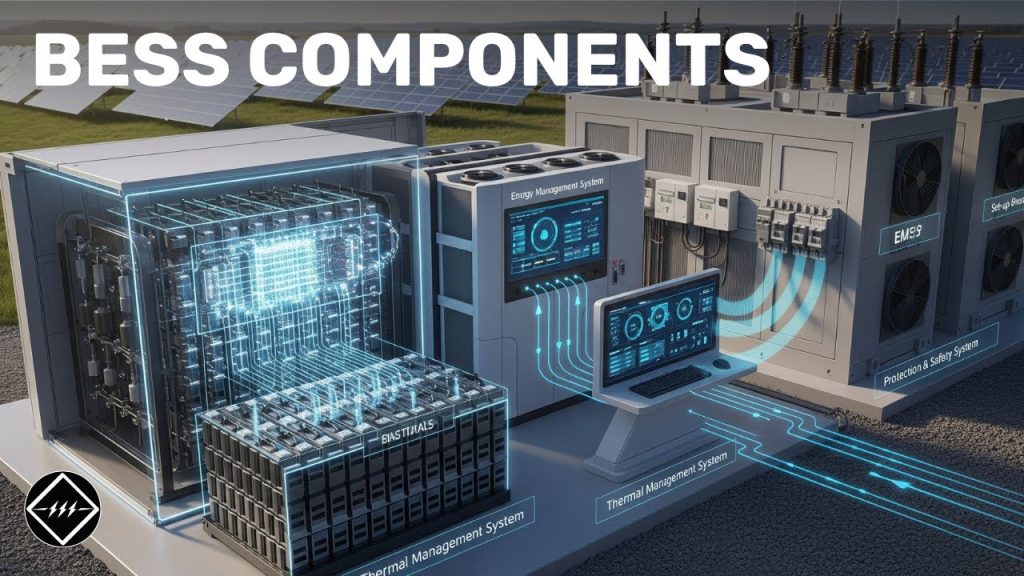
BESS Components Explained: Every Part You Need to Know
BESS Components Explained: Every Part You Need to Know https://www.theelectricalguy.in/wp-content/uploads/2025/08/maxresdefault-4-1024x576.jpg 1024 576 Gaurav Joshi Gaurav Joshi https://secure.gravatar.com/avatar/8d621b67d3005addbda23477c1259921ee1db2decf01a4f473bf0e5c76f3933a?s=96&d=mm&r=gWhat makes a Battery Energy Storage System (BESS) truly valuable, the batteries, or the systems that bring them to life? Without the latter, the former are just silent containers of energy.
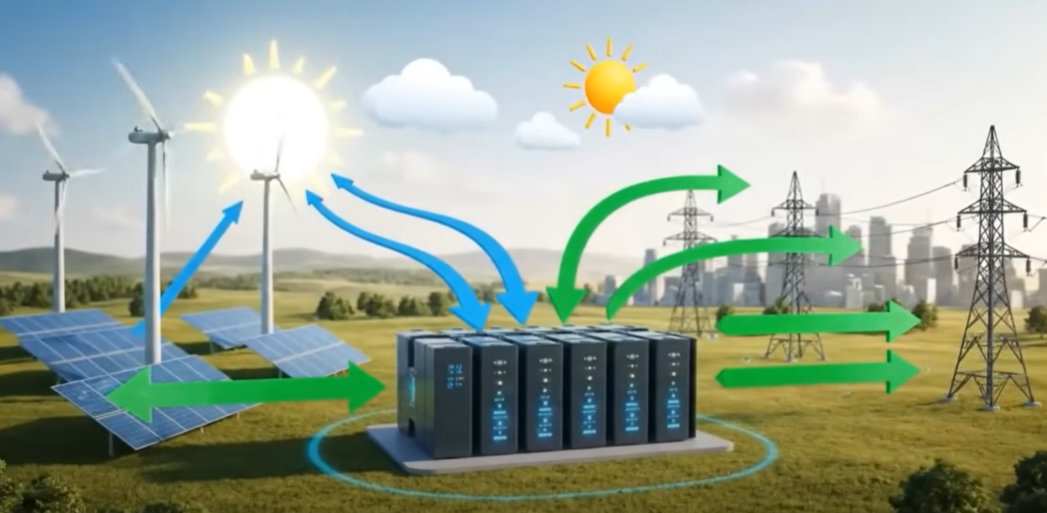
A BESS is a carefully designed, integrated setup that goes far beyond storing electricity. It ensures energy is stored safely, efficiently, and intelligently, and released exactly when it is needed most. More importantly, BESS plays a crucial role in maximizing the use of renewable energy by making it more reliable and accessible.
In this guide, we’ll explore the major subsystems that make up a modern BESS and see how they all work together to form a dependable energy solution.
Table of Contents
- Battery Modules – The Core of BESS
- Battery Management System (BMS)
- Power Conversion System (PCS)
- Energy Management System (EMS)
- Thermal Management System
- Protection and Safety System
- Step-Up Transformers
- Enclosure and Housing
- Conclusion
Battery Modules – The Core of BESS
At the heart of every BESS are the battery modules. These modules, made of electrochemical cells, store the actual energy. For most large-scale projects, lithium-ion batteries are the preferred choice. However, other chemistries like lead-acid, sodium-based, or redox flow batteries may also be used depending on cost, durability, or application.
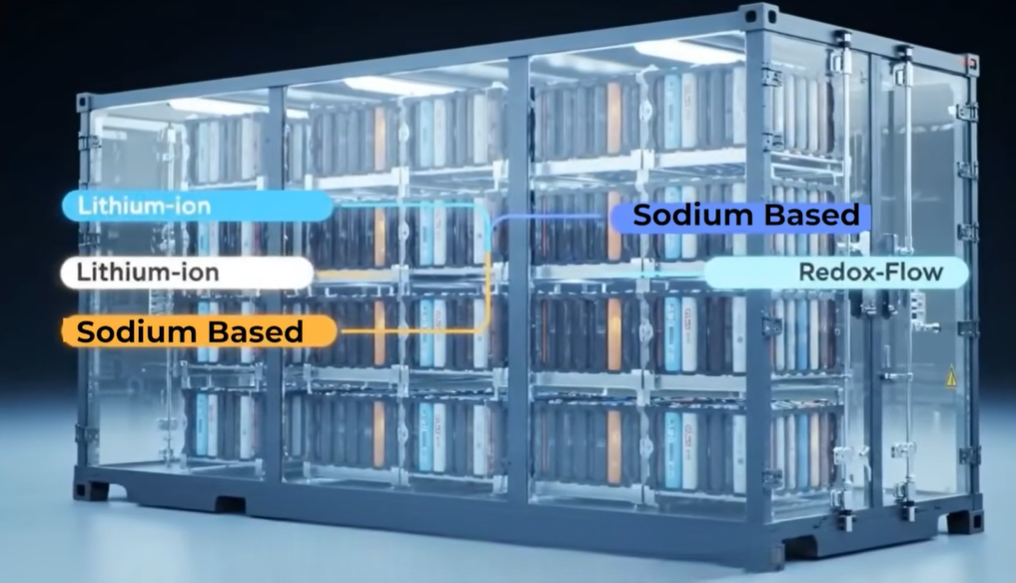
Modules are combined into racks and strings to deliver the voltage and storage capacity required. The overall system capacity depends heavily on battery chemistry and configuration. Key factors such as cycle life, energy density, cost, and tolerance to temperature changes differ with each type of battery.
Battery Management System (BMS)
The Battery Management System (BMS) functions like the nervous system of BESS. It continuously monitors current, voltage, temperature, and the state of charge in every cell. By preventing issues like overcharging, deep discharging, or overheating, it ensures long battery life and safe operation.
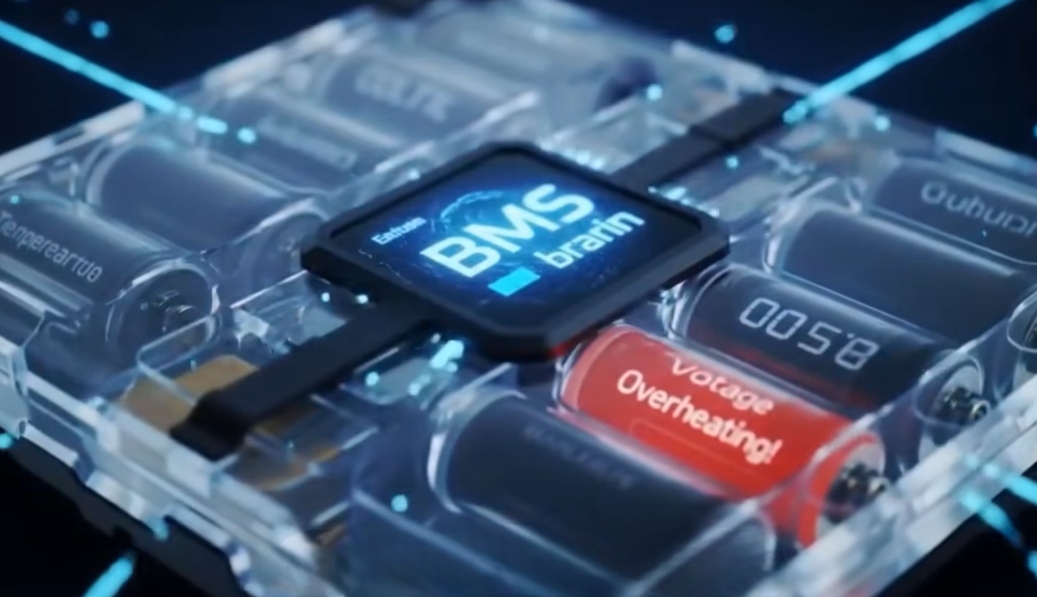
Beyond protection, the BMS balances the cells to keep performance consistent. It also connects with higher-level controllers such as the Energy Management System (EMS) or SCADA, making the entire setup more efficient and reliable.
Power Conversion System (PCS)
Since batteries store energy as DC but the electrical grid runs on AC, the Power Conversion System (PCS) is essential. The PCS acts as both inverter and charger. It converts AC into DC to charge the batteries, and then back to AC to supply energy to the grid.
Advanced PCS inverters provide extra benefits, like regulating voltage and supporting grid frequency. To ensure smooth performance, PCS works in close coordination with both the BMS and EMS.
Energy Management System (EMS)
The Energy Management System (EMS) is the control center or “brain” of BESS. It determines when to charge, discharge, or stay idle. These decisions are based on electricity prices, grid demand, renewable energy supply, and frequency conditions.
The EMS helps operators maximize system value by enabling services such as energy arbitrage, renewable energy smoothing, and frequency response. In many cases, it also links to forecasting tools and market dispatch systems, making operations more intelligent.
Thermal Management System
Batteries are highly sensitive to temperature, making the thermal management system one of the most important parts of BESS. From simple air cooling to advanced liquid systems, thermal solutions keep the batteries within safe operating ranges.
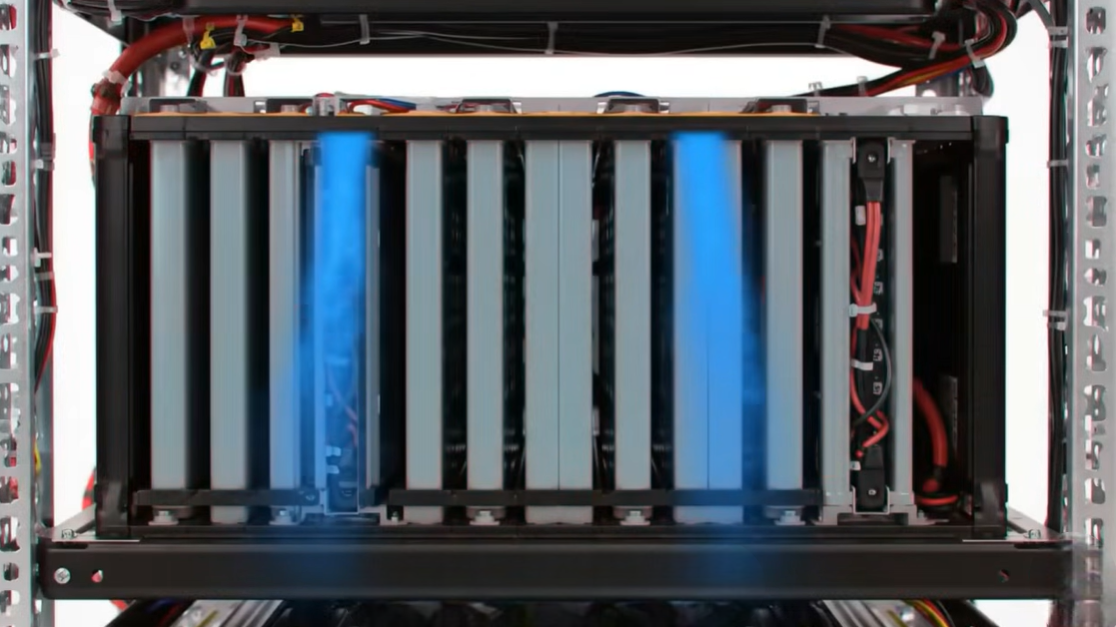
Uniform temperature across the modules prevents hot spots and slows down degradation. Typically, the thermal system works in sync with the BMS, ensuring that batteries are continuously monitored and controlled in real time.
Protection and Safety System
Safety in a BESS is non-negotiable. This is where protection and safety systems come in. Circuit breakers, fuses, isolation devices, and surge protectors guard both the equipment and operators. Fire detection and suppression mechanisms are especially important in containerized setups.
On the DC side, switchgear such as contactors, disconnect switches, and breakers are used. On the AC side, you’ll find switchgear installed after transformers. These measures ensure the system can handle faults without damage or risk.
Step-Up Transformers
Because BESS typically operates at lower voltages than the grid, operators use step-up transformers to match grid requirements. They raise the voltage to levels suitable for transmission, such as 11 kV or 33 kV, and provide electrical isolation that shields the system from grid faults.
For example, a BESS running at 480 volts may require a transformer to integrate safely into the grid.
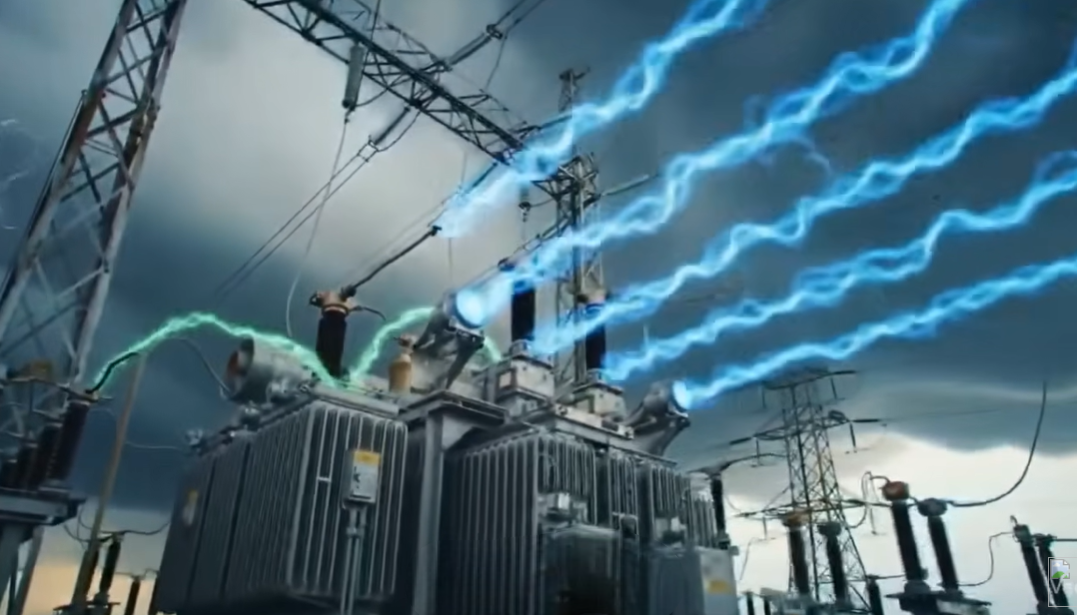
Enclosure and Housing
The final key BESS component is the enclosure. The housing protects the system against weather, dust, and external damage. The installation may use containerized units, modular cabinets, or custom-built structures.
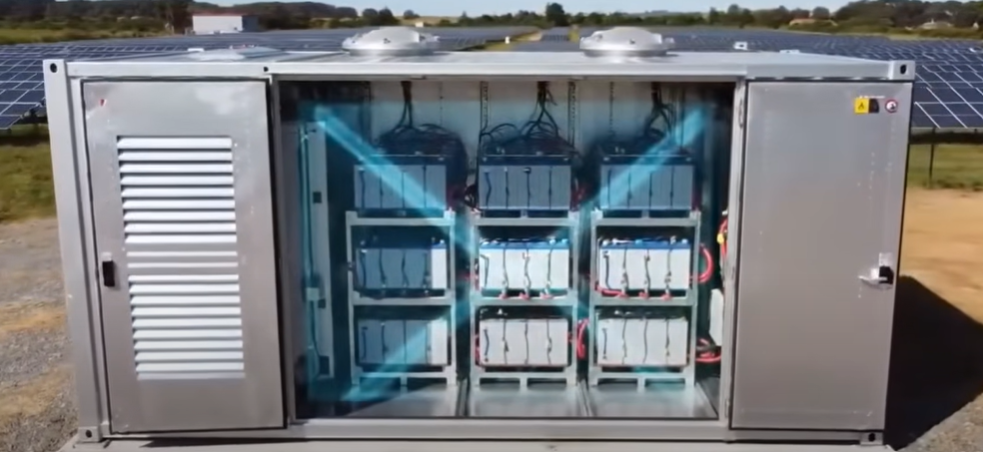
The enclosure design influences thermal performance and site safety. Features like access control, fire-rated materials, and ventilation are standard in large-scale systems, ensuring reliable long-term operation.
Conclusion
A Battery Energy Storage System (BESS) is much more than batteries alone. Each component, from modules and BMS to transformers and enclosures contributes to safe, efficient, and optimized energy storage. Together, they make BESS a dependable solution for integrating renewable energy and stabilizing power grids.
For a more detailed visual explanation, you can watch the video that this article is based on.

- Posted In:
- Power System
Gaurav Joshi
Gaurav, also known as TheElectricalGuy, is an accomplished electrical engineer with over 8 years of experience in the high and medium voltage switchgear industry. In addition to his professional endeavors, Gaurav has made significant contributions to the global electrical engineering community through his highly successful YouTube Channel. With over 195K subscribers and a prestigious silver play button from YouTube, he has become a trusted resource for electrical engineers worldwide. Gaurav's dedication to sharing knowledge extends to the creation of comprehensive courses, which have already attracted over 3000 students eager to enhance their skills in the field.
All stories by: Gaurav Joshi

